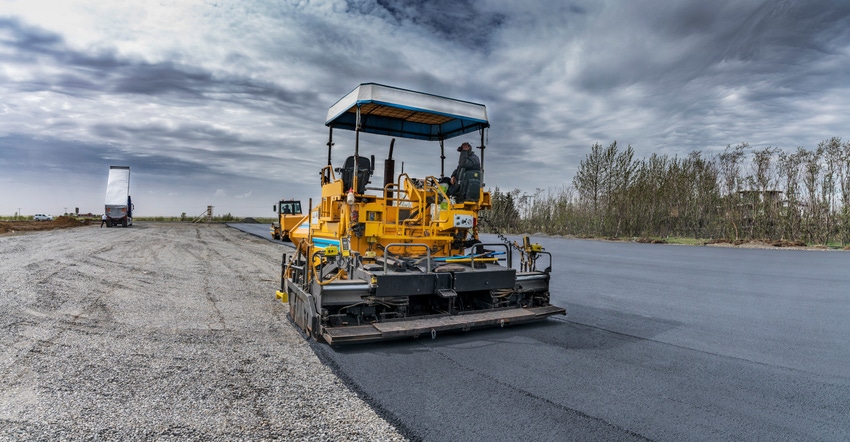University of Missouri Using Plastic for Road Pavement
The sustainable solution could be the next big thing in asphalt pavement, while reducing landfill waste.
July 20, 2023

In partnership with the Missouri Department of Transportation (MoDOT), researchers from the Mizzou Asphalt Pavement and Innovation Lab (MAPIL) recently created a real-world test road using recycled materials including plastic waste and scrap rubber tires along a portion of Interstate 155 in the Missouri Bootheel.
By increasing the sustainability of asphalt mixes, this method can help reduce the number of items going into landfills or leaking into the environment, said Bill Buttlar, director of MAPIL.
“The science can be thorny and difficult, but we are up to the task. We’re excited that, while our approach is complicated in the lab, its simple to execute in the field so it makes it easily adaptable, scalable, and cost-effective to incorporate into many types of road environments," Buttlar said.
The I-155 project takes the group’s previous test road, installed along a stretch of Stadium Boulevard in Columbia, one step further. Instead of just testing four different types of recycled materials, the I-155 project will evaluate the real-world effectiveness of nine different types of recycled materials in the creation of asphalt pavement. This includes three different types of polyethylene (PE) — a material commonly found in plastic grocery bags — and ground tire rubber, which is a newer way of disposing scrap tires.
“In the field of transportation material research, we need to see how all the various materials used to construct a road — the rock, the asphalt and the recycled materials — behave in the real world and gel together to build a road," explained Buttlar. "Asphalt is liquified with heat, and when you put an additive in like a plastic or rubber material, you must get everything to bond together with good adhesion. But we’re only going to know if that happens successfully when we produce it on a full-scale level and then expose it to elements, such as different weather conditions and heavy traffic.”
MAPIL specializes in a dry process, which allows the researchers to easily add the recyclables directly into the mixture before it’s applied to a road surface.
“The form, shape and size of the plastics bring different challenges in how the material flows, how it behaves and how it mixes,” said Punya Rath, an assistant research professor in the Department of Civil and Environmental Engineering who works at MAPIL. “So, we did extensive small-scale testing for almost an entire year before we moved to a larger scale out in the field with contractors.”
One advantage of this process is that the researchers can test the mixtures in the field using a mobile research lab, which they developed and used for both the Stadium Boulevard and I-155 projects.
“It helps the Missouri Department of Transportation (MoDOT) immensely to have a mobile research lab on-site in the field that has the ability to rapidly test samples and provide results within 24-48 hours to better inform the process,” Rath said.
Buttlar said the team makes sure everything they do is within the current limits as established by the Environmental Protection Agency (EPA).
He added that the team is designing the material to hold or capture environmental byproducts at the highest percentage for the longest amount of time. "It’s not going to be a 100% containment. Everything built in a natural environment will degrade over time."
Watch the video to see how Mizzou prepares the plastic pavement mixture.
About the Author(s)
You May Also Like




